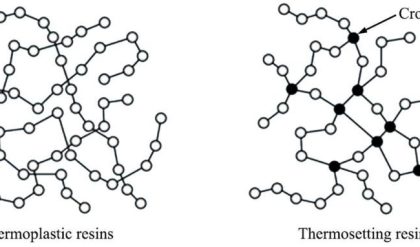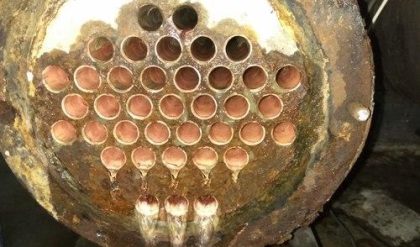The conductance increases with increase in the concentration of the electrolyte to a certain maximum level and decreases on further increase in the concentration. This is because, on increase in the concentration, the population of free ions increases and these cons get closer and the electrostatic force of attractions and the viscosity of the electrolyte increases. These factors tend to reduce the conductance of the solution. But equivalent conductance’s are inversely proportional to the conc. Of electrolyte and hence increases with increase in dilution.

Measurement of Conductance of Electrolyte:
The measurement of Conductance (L) of an electrolyte solution involves the estimation of resistance (R) of the electrolytic solution. This is usually done by ‘wheat stone bridge circuit’ which involves a comparison of unknown resistance with standard resistance.
The whetstone bridge circuit is shown in fig.1.3
1. The electrolyte of known concentration is taken in a container called conductivity cell.
2. It consists of two platinum plates of area of cross section ‘a’ cm2 and separated by a distance1cm.
3. These plates are generally canted with platinum black to decrease the polarization effect.
4. This forms one arm of the circuit.
5. The other arm of the circuit is fitted with a variable standard resistance.
6. These two arms are attached to both ends of a meter bridge.
7. A source of alternating current is also attached to both ends of Meter Bridge.
8 .The current balance detector D1 fixed between Rc and Rv.
9. Now the sliding contact jockey is moved over the meter bridge wire MN. 10 .The point of least current passing (X) is find out by detector (D). 11. According to wheat stone bridge principle, the ratio of resistances in the meter bridge arms i.e. Mx to Nx is equal to the ratio of LM to LN.








Comments are closed.